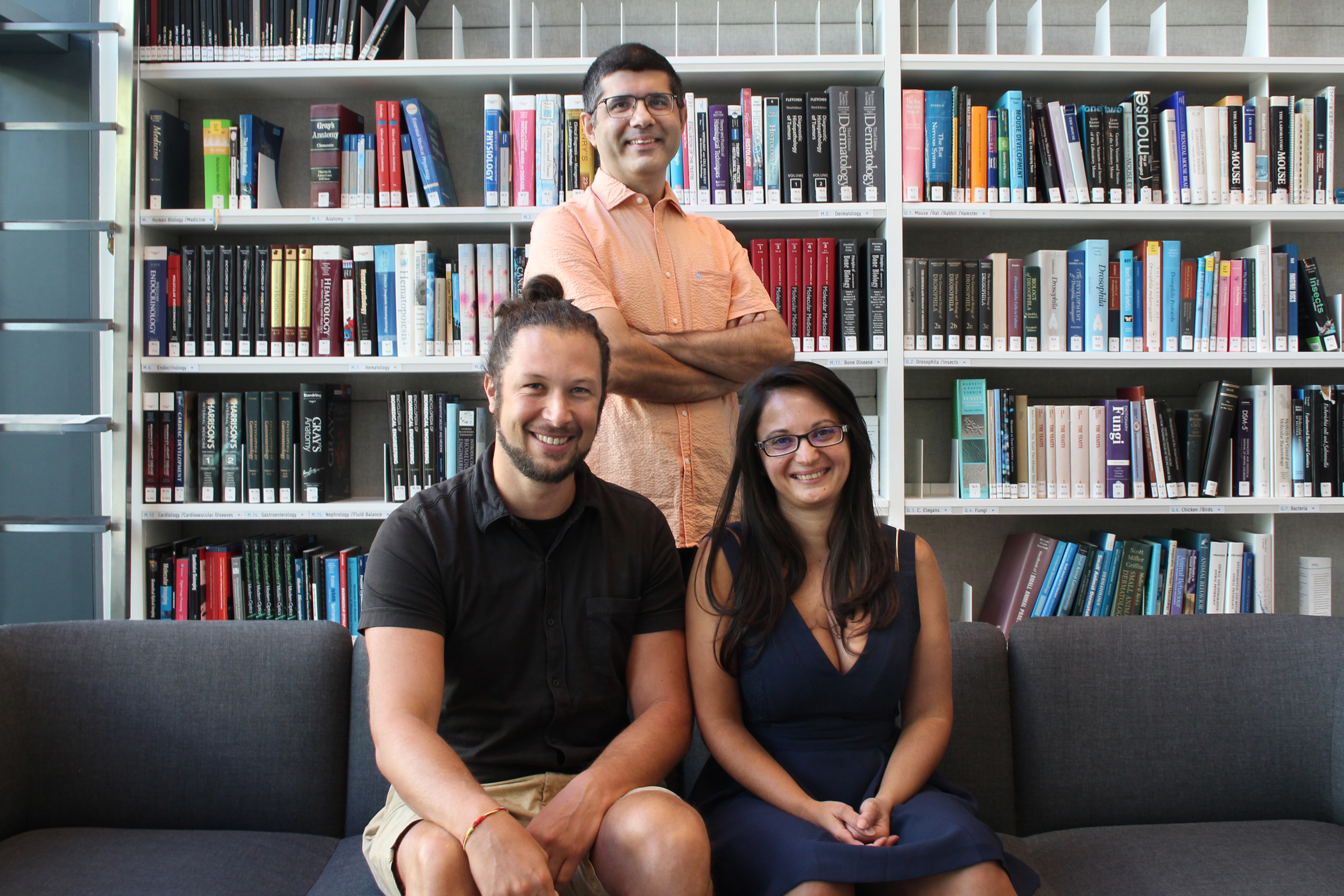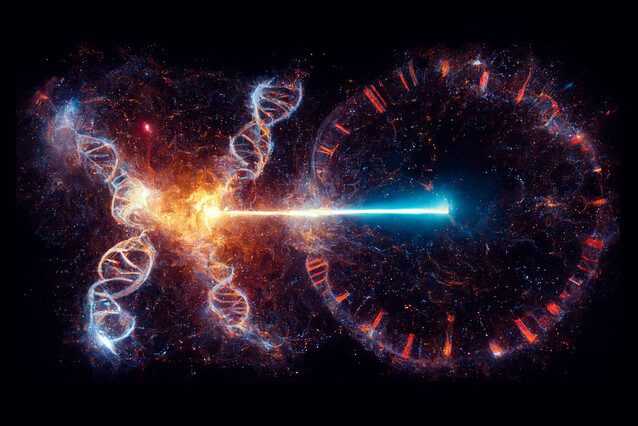A matter of time: scientists uncover secret behind lymphoma-associated mutations
The chromosomes in our B cells mutate and delete DNA fragments to diversify the sequences that encode antibodies. Occasionally, these rearrangements can occur erroneously between two chromosomes and cause unwanted mutations, called translocations, triggering the formation of B-cell lymphomas, a group of aggressive blood tumours. Researchers in the lab of Rushad Pavri at the IMP have discovered why some cancer-related genes are prone to these accidental translocations: during the cell cycle, they replicate at the same time and come closer together, leading to the unwanted chromosome rearrangement. The findings, now published in the journal Science, demonstrate for the first time how the timing of replication orchestrates the translocation of tumour-forming genes.
DNA mutations are often perceived as random accidents that alter our genome, for better – as a substrate for evolution – or worse – when they lead to cancer. However, mutations can also be purposely triggered by our immune system to fight off pathogens.
The human body encounters a wide variety of microorganisms and viruses every day. While most of them are harmless, some can interfere with our health. As a measure of protection, our immune system’s B cells produce a rich repertoire of antibodies, large proteins that can detect and neutralise bits of these microscopic enemies. B cells achieve this feat by mutating the genes that encode antibodies in several ways, including by breaking their DNA and rearranging fragments within the antibody genes. These mutations create a diverse set of templates to produce antibodies of all shapes and strengths.
In B cells, DNA breaks specifically happen in antibody genes but can mistakenly occur elsewhere, resulting in translocations that disturb the B cell’s healthy functioning. Some tumour-associated genes, such as the notorious Myc, are more likely to be involved in these genomic accidents. Translocations of Myc and other tumour-associated genes are hallmarks of many lymphomas. So far, scientists had not pinpointed why these genes translocate so much more often than others.

In a ground-breaking study now published in the journal Science, researchers in the lab of Rushad Pavri at the IMP have investigated the mechanisms that favour the translocation of Myc in mouse B cells. They report that genes translocate more often if they replicate at the same time during the cell division cycle. They also show that their findings apply to other cancer-related translocations found in human cells. This fundamental discovery is a major step in our understanding of how cancer-causing translocations arise.
Genes rendezvous during replication to translocate
Before a cell divides into two daughter cells, its entire genome is replicated and equally distributed, which ensures that each daughter cell receives the same genetic material. The genome is not copied in a linear fashion, chromosome by chromosome, gene by gene: replication starts in parallel at multiple locations in the genome, in waves, such that certain genes are replicated in an early batch, while others must wait for their turn.
“When two areas of the genome replicate simultaneously, they can be brought closer together in the nucleus,” explains first author Mihaela Peycheva. “Such areas have a higher chance of translocating by accident if they have DNA breaks, because these breaks are now in close proximity. We found that this is what happens in B cells between Myc and an antibody gene called Igh.”
Myc and Igh replicate at the same time and co-localise in the nucleus. As a result, they can be glued together and alter the cell’s normal functions, potentially leading to B cell cancers such as Burkitt lymphoma.
Timing is key for chromosomal translocations that cause lymphoma
When the researchers disturbed the replication timing of Myc and Igh, the occurrence of translocations between both genes decreased dramatically. When the replication timing was experimentally realigned, translocations were restored to their original levels – an unequivocal demonstration of the importance of timing in this process.
“Our study shows why Myc is so often translocated with the antibody gene Igh in B cells. But this isn’t the end of it: we uncovered a much broader, global mechanism that underlies chromosomal translocations related to cancer,” says Rushad Pavri.
Pavri and his lab aimed their attention at other common translocations, in other types of cancer cells. They found that the timing of replication also dictates the frequency of translocations found in other types of lymphoma and in leukaemia.
“We used seven different sequencing methods and had to create most of our bioinformatics tools from scratch to make this study a success. We functioned as a tightknit unit of bench scientists and computational biologists,” says Tobias Neumann, lead bioinformatician in this study. “Together, we made a big step towards understanding the origin of lymphoma and other cancers associated with chromosomal translocations.”
Original publication
Further reading
